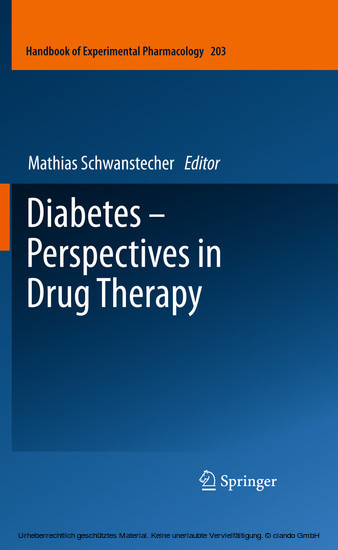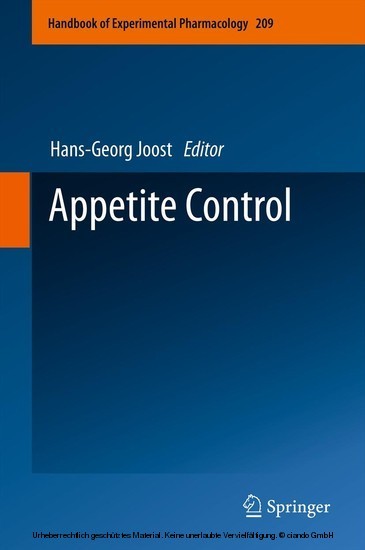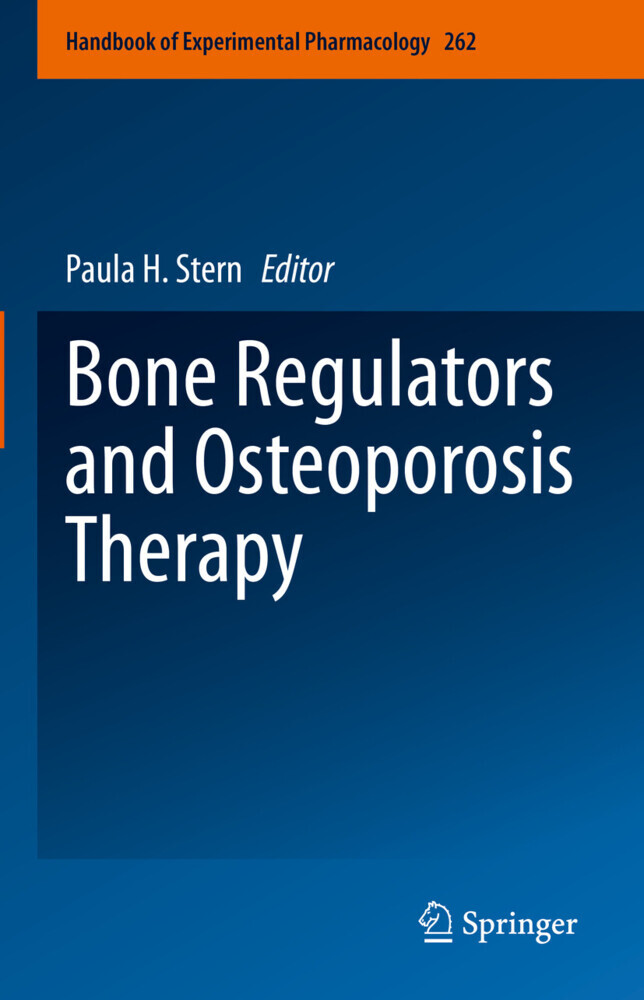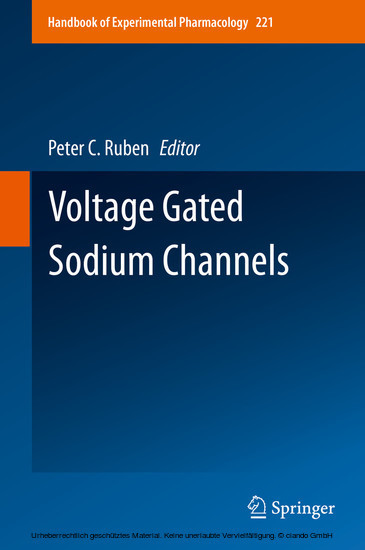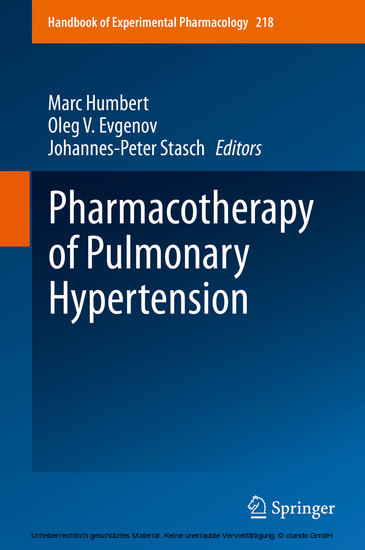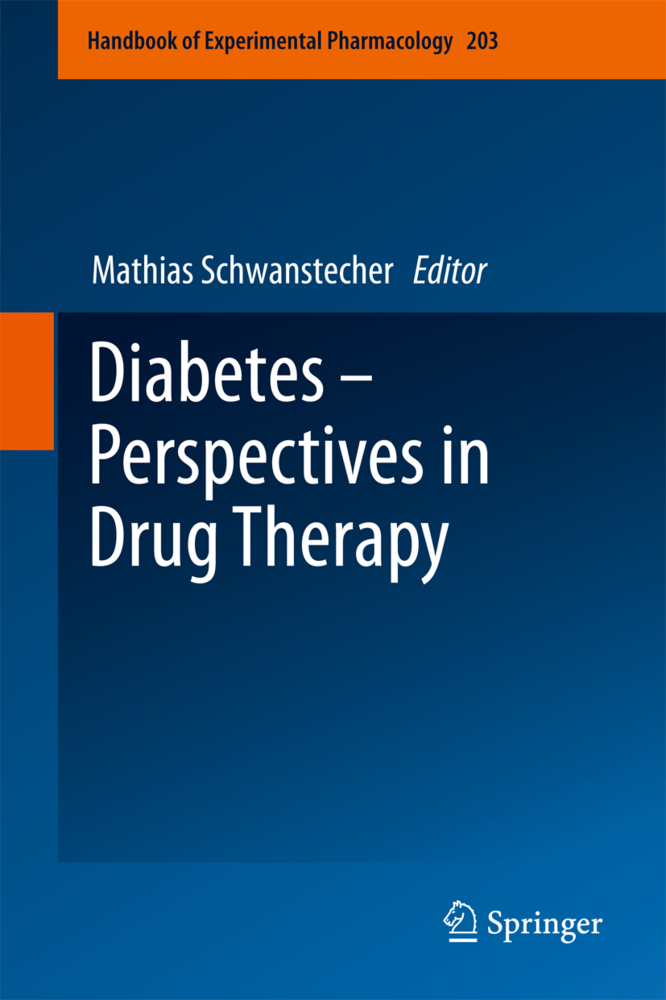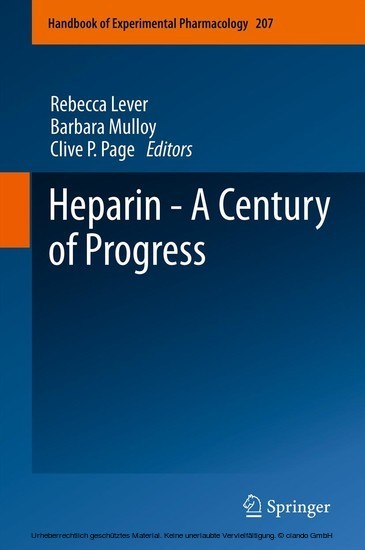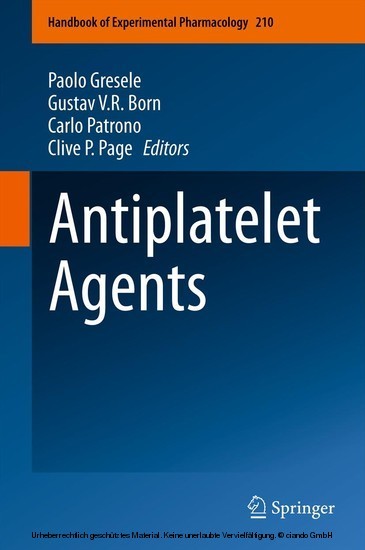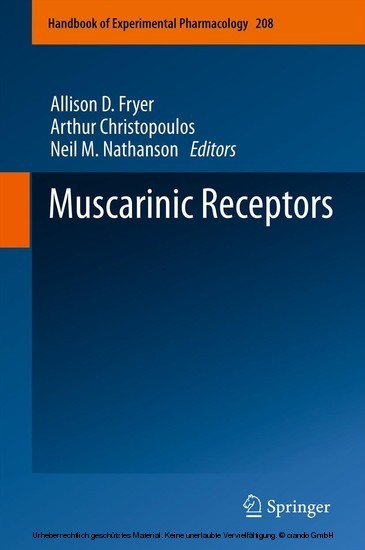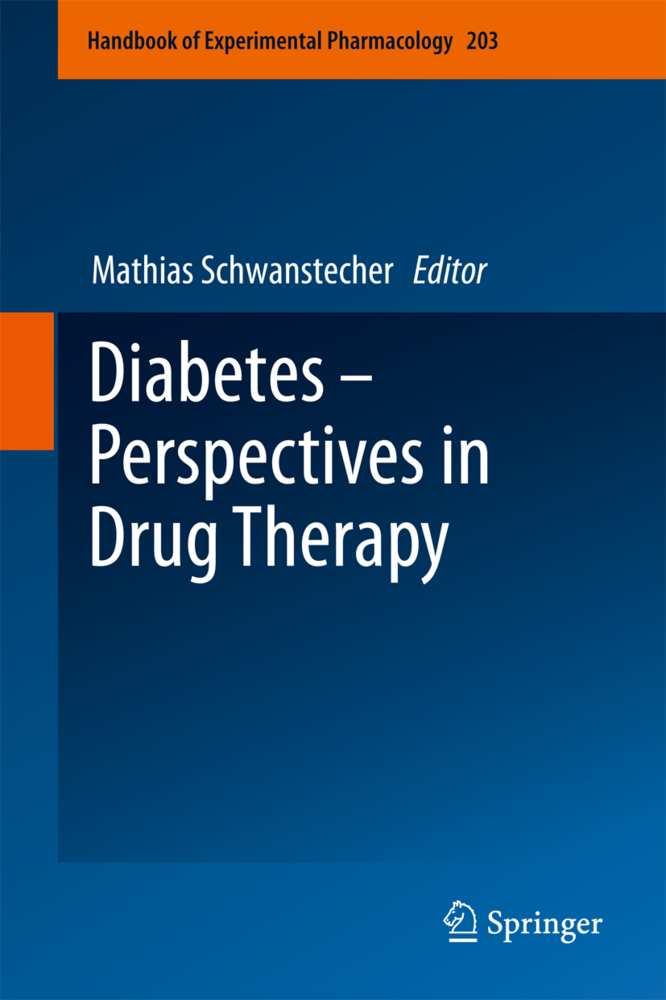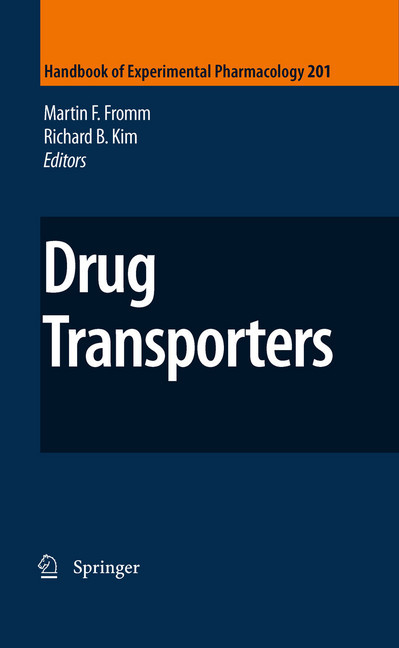Diabetes - Perspectives in Drug Therapy
Perspectives in Drug Therapy (Handbook of Experimental Pharmacology, Vol 203)
Diabetes - Perspectives in Drug Therapy
Perspectives in Drug Therapy (Handbook of Experimental Pharmacology, Vol 203)
Every 5 seconds someone somewhere is diagnosed with diabetes, and every 10 seconds someone dies of it. Even worse, worldwide incidence rates still inexorably escalate. Thus, it is pressing to envisage the extent of the diabetes problem and ensure synergistic approaches aiming in alleviation of its ghastly toll.
The chapters of this book report cutting-edge research on molecular events in adiposity and type 2 diabetes, thus opening the way for innovative drug-based therapeutic strategies. It addresses all those who wish to keep in touch with recent developments in the field.
The chapters of this book report cutting-edge research on molecular events in adiposity and type 2 diabetes, thus opening the way for innovative drug-based therapeutic strategies. It addresses all those who wish to keep in touch with recent developments in the field.
1;Preface;6 2;Contents;10 3;Contributors;12 4;Targeting Type 2 Diabetes;16 4.1;1 Inflamed About Obesity: Adipose Tissue and Insulin Resistance;17 4.2;2 The Lipotoxicity Concept;22 4.3;3 beta-Cell Failure: Link to Hyperglycaemia and T2DM;25 4.4;4 Role of the CNS in Glucose Homeostasis;27 4.5;5 Nutrient-Sensing Pathways in Calorie Restriction;29 4.6;6 Current Therapy;30 4.6.1;6.1 Published Algorithms;30 4.6.2;6.2 Metformin;31 4.6.3;6.3 Thiazolidinediones;32 4.6.4;6.4 GLP-1 Agonists and DPP-4 Inhibitors;33 4.7;7 Conclusions;34 4.8;References;35 5;Dual Acting and Pan-PPAR Activators as Potential Anti-diabetic Therapies;49 5.1;1 Introduction;50 5.2;2 PPAR-gamma;51 5.3;3 PPAR-a;52 5.4;4 PPAR-delta;53 5.5;5 Logic for Dual and Triple PPAR Activators in the Treatment of Diabetes and Insulin Resistance;53 5.6;6 The Bezafibrate Experience;54 5.7;7 Use of Combined Therapy with Fenofibrate and Glitazones;55 5.8;8 Dual PPAR-a/gamma Activator Drugs;56 5.9;9 Outlook for Dual PPAR-a/gamma Activators;58 5.10;10 PPAR-Pan Activators and PPAR-delta Dual Activators;59 5.11;11 Cancer Liability of PPAR Activators;60 5.12;12 Concluding Remarks;60 5.13;References;61 6;GLP-1 Agonists and Dipeptidyl-Peptidase IV Inhibitors;66 6.1;1 Type 2 Diabetes, Its Epidemiology, and the Need for Further Treatment Options;67 6.2;2 Incretin Hormones;67 6.2.1;2.1 GLP-1 Actions;69 6.2.2;2.2 Dipeptidyl-Peptidase IV;70 6.3;3 GLP-1 Receptor Agonists;71 6.3.1;3.1 Exenatide;72 6.3.2;3.2 Liraglutide;74 6.4;4 DPP-4 Inhibitors;75 6.4.1;4.1 Sitagliptin;76 6.4.2;4.2 Vildagliptin;77 6.4.3;4.3 Saxagliptin;77 6.5;5 Incretin-Based Therapies: Common Characteristics and Differences;78 6.6;6 Indications for Incretin-Based Therapies and Their Placement in Treatment Guidelines for Type 2 Diabetes;79 6.7;7 Incretin-Based Therapies and Type 1 Diabetes;81 6.8;References;82 7;Cannabinoids and Endocannabinoids in Metabolic Disorders with Focus on Diabetes;88 7.1;1 A Brief Introduction to the Endocannabinoid System;89 7.2;2 Central Endocannabinoid Control of Energy Balance;91 7.3;3 Peripheral Endocannabinoid Control of Energy Balance;95 7.4;4 Regulation and Dysregulation of the Endocannabinoid System in the Control of Metabolism;97 7.4.1;4.1 Role of Dysregulated Endocannabinoid Signaling in Type 2 Diabetes and Obesity-Related Metabolic and Cardiovascular Disorders;101 7.4.2;4.2 Endocannabinoid Dysregulation in Human Abdominal Obesity and Hyperglycemia: Relationship with Cardiometabolic Risk Factors and Type 2 Diabetes;105 7.5;5 Clinical Use of CB1 Receptor Antagonists/Inverse Agonists Against Type 2 Diabetes;106 7.6;6 Plant Cannabinoids and Type 1 Diabetes;109 7.6.1;6.1 Type 1 Diabetes Mellitus;109 7.7;7 Concluding Remarks;110 7.8;References;111 8;SGLT Inhibitors as New Therapeutic Tools in the Treatment of Diabetes;118 8.1;1 Preface;119 8.2;2 The Sodium-d-Glucose Cotransporter as Target;119 8.2.1;2.1 Role of Sodium-d-Glucose Cotransport in Transepithelial Sugar Transport;119 8.2.2;2.2 Molecular Basis of Sodium-d-Glucose Cotransport;121 8.2.3;2.3 Sugar Binding Sites of the SGLT;122 8.2.3.1;2.3.1 Substrate Specificity of the Sodium-d-Glucose Cotransporters;122 8.2.3.2;2.3.2 Sugar Binding Site(s) of the Sodium-d-Glucose Cotransporter;124 8.3;3 The Prototype of SGLT Inhibitors: Phlorizin;124 8.3.1;3.1 General Remarks;124 8.3.2;3.2 SGLT as Phlorizin Receptor;125 8.3.2.1;3.2.1 Binding Studies on Brush Border Membranes;125 8.3.2.2;3.2.2 Interactions of Phlorizin with the Isolated Transporter and Its Subdomains;125 8.3.2.3;3.2.3 Differences Between hSGLT1 and hSGLT2;126 8.3.3;3.3 Pharmacophore Analysis and Dimensions of the Phlorizin Binding Pocket;126 8.4;4 Synthesis and Screening of Derivates of Phlorizin;127 8.4.1;4.1 O-glucosides, C-arylglucosides, N-glucosides and S-glycosides;127 8.4.2;4.2 Screening Methods;129 8.4.2.1;4.2.1 Cellular Assays;129 8.4.2.2;4.2.2 Animal Models;130 8.5;5 Therapeutic Efficacy of SGLT Inhibitors;130 8.5.1;5.1 In Vitro Studies on Sugar Transport by Cultured Transfected Ce
Schwanstecher, Mathias
| ISBN | 9783642172144 |
|---|---|
| Artikelnummer | 9783642172144 |
| Medientyp | E-Book - PDF |
| Auflage | 2. Aufl. |
| Copyrightjahr | 2011 |
| Verlag | Springer-Verlag |
| Umfang | 408 Seiten |
| Sprache | Englisch |
| Kopierschutz | Digitales Wasserzeichen |

